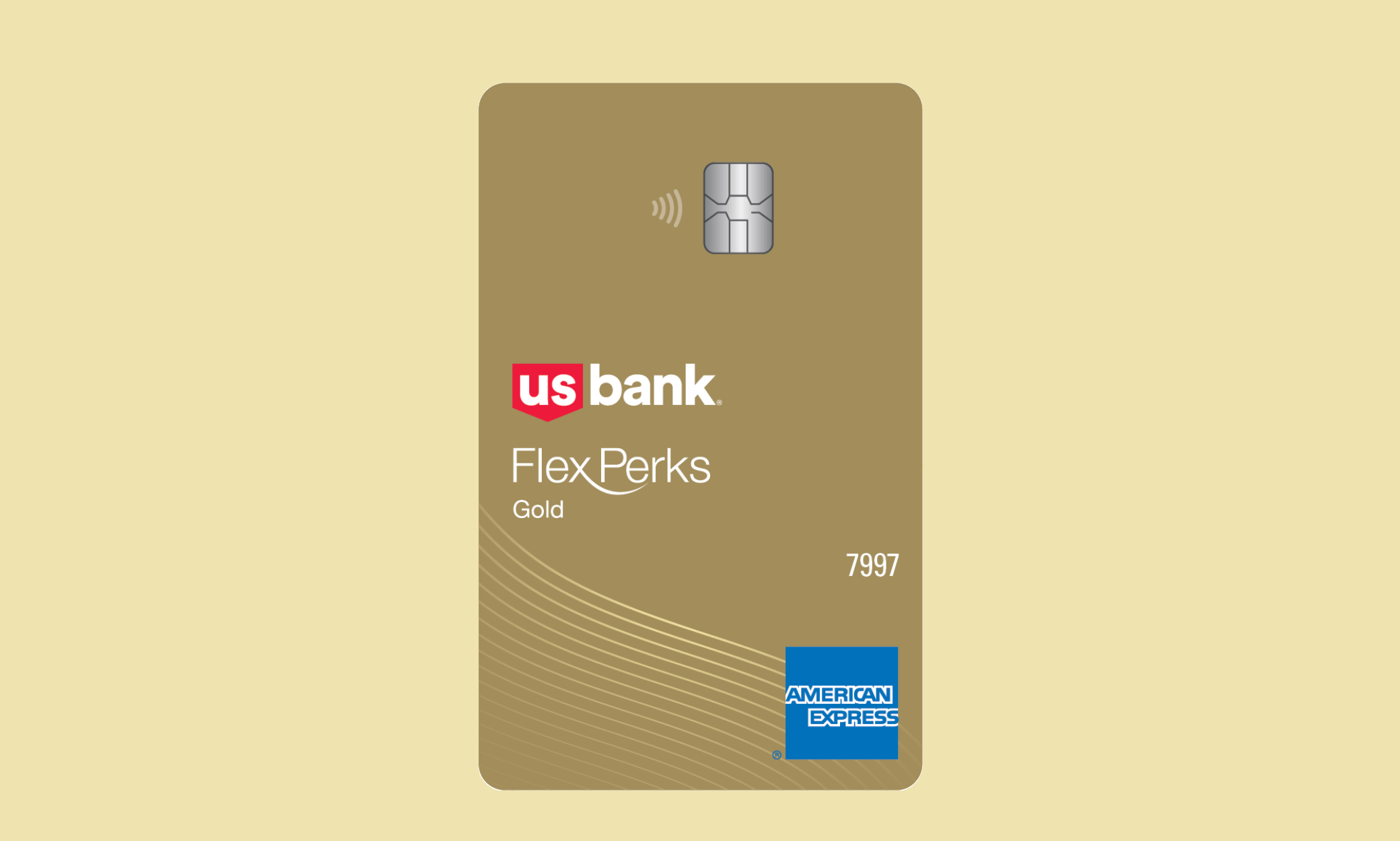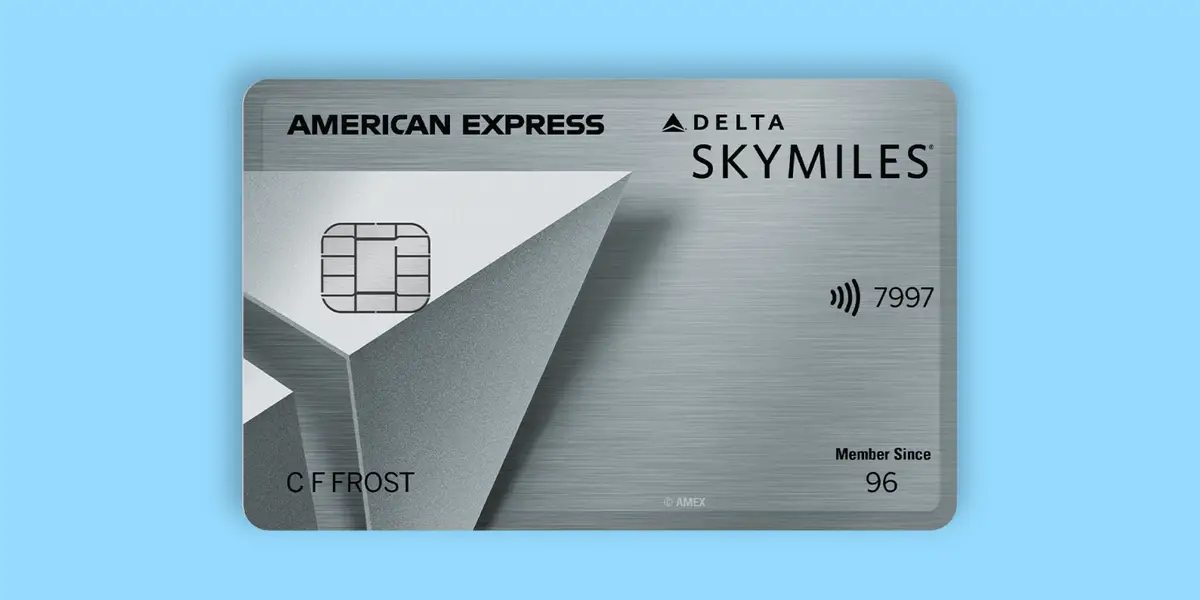Impact of Interest Rates on Credit Cards: What You Need to Know

The Impact of Interest Rates on Credit Card Usage
Managing finances effectively involves a deep understanding of various factors, and one of the most pivotal among them is the relationship between home interest rates and credit cards. The world of personal finance can be overwhelmingly complex, but grasping how interest rates operate can significantly impact the way consumers utilize credit cards and manage their debt.
Determining Interest Rates
How interest rates are determined is a critical question that every credit card user should contemplate. Financial institutions set interest rates based on several factors, including the prime lending rate, consumer credit scores, overall market conditions, and the risk associated with lending. For instance, if someone has a high credit score, they are likely to receive a lower interest rate, while a lower credit score can result in a higher rate due to increased perceived risk. This differentiation emphasizes the importance of maintaining good credit health.
The Impact of Interest Rates on Payments and Debt
The direct effect of interest rates on credit card payments cannot be overlooked. When rates increase, cardholders may find their minimum payments rising, leading to an increase in overall debt over time. For example, a $5,000 balance on a credit card with a 15% interest rate means the borrower will pay approximately $750 in interest over a year if only making minimum payments. However, if that rate were to rise to 20%, the annual interest escalates to $1,000, illustrating how a mere 5% increase could cost $250 more. Awareness of this reality can empower consumers to feel the urgency to pay more than just the minimum.
The Role of the Federal Reserve
The Federal Reserve plays a significant role in shaping interest rate trends. As the central bank of the United States, it influences interest rates through monetary policy tools such as adjusting the federal funds rate. When the Fed increases this rate, it becomes more expensive for banks to borrow money, which can result in higher interest rates on consumer credit. Understanding this connection helps consumers foresee potential shifts in their credit card rates and plan accordingly.
Strategizing Around Interest Rate Changes
As interest rates fluctuate, the opportunity arises for credit card users to strategize effectively. For instance, when rates decrease, consumers may consider transferring balances from higher-interest cards to a new card offering promotional low rates. This can lead to substantial savings on interest payments. Additionally, paying off existing debt quickly during a time of falling rates can maximize savings, as the total paid will include less interest over time.
Being informed about interest rate changes not only helps in avoiding pitfalls but also promotes responsible credit card use and better financial outcomes. Overall, understanding the relationship between interest rates and credit cards can empower consumers with the knowledge they need to make sound financial decisions. With careful monitoring and strategic planning, consumers can effectively navigate their credit card usage and greatly improve their financial health.
DISCOVER MORE: Click here to learn about new income sources
Understanding Interest Rates and Their Implications
To navigate the intricate landscape of personal finances, it is essential to understand the nuances of interest rates and their implications for credit card usage. Interest rates are more than just a number; they represent the cost of borrowing money and can significantly shape credit card handling. This influence is particularly evident when it comes to managing existing debt and understanding how new charges can accumulate interest over time.
The Mechanics of Interest Rates
At the heart of credit card interest rates is the Annual Percentage Rate (APR), which reflects the cost of borrowing over the course of a year. Unlike fixed rates that remain stable, many credit cards operate with variable rates that can fluctuate based on economic conditions or the prime rate set by the Federal Reserve. A clear understanding of how APR is calculated empowers consumers to anticipate changes and adjust their spending habits accordingly.
How Rates Affect Spending Behavior
The influence of interest rates extends beyond mere payments; they can also alter consumer behavior and spending patterns. When interest rates are low, individuals tend to borrow more, often perceiving credit as an affordable means to make purchases. In contrast, rising rates can lead to a tightening of wallets as consumers become more conscious of the additional costs associated with credit card debt. Here are some effects of changing interest rates on consumer behavior:
- Increased Caution: Higher interest rates often prompt consumers to think twice before making purchases with credit. This cautious approach can lead to reduced consumer spending, impacting the overall economy.
- Shift to Cash Purchases: As credit becomes more costly, many people may opt for cash or debit transactions, preferring to avoid the accumulating debt that comes with higher interest rates.
- Acceleration of Debt Repayment: Consumers may be incentivized to pay down existing debt faster when interest rates rise. A heightened awareness of costs can encourage individuals to prioritize credit card payments above other discretionary spending.
The Effect on Credit Utilization
Credit utilization—the ratio of credit card balances to credit limits—also plays a vital role in determining interest charges. As interest rates climb, consumers may feel compelled to manage their utilization rates more carefully. High utilization can lead to lower credit scores, which in turn can result in higher interest rates on new credit accounts. Thus, managing balances is a balancing act that requires constant attention, especially in a rising interest rate environment.
Understanding how interest rates influence spending behaviors and credit utilization is paramount for effective credit card management. Consumers who recognize the direct relationship between these elements are better equipped to make informed financial decisions. Whether it’s adjusting budgets, prioritizing payments, or even avoiding unnecessary charges, such strategies can lead to improved financial health and a clearer path to achieving long-term financial goals.
DISCOVER MORE: Click here to dive deeper
Navigating the Challenges of High-Interest Rates
As interest rates rise, the challenges of managing credit card debt become increasingly prominent. Consumers find themselves confronted with the practical realities of interest accrual, which can hinder their financial goals. Understanding these challenges is crucial for anyone who relies on credit cards as a tool for purchases or emergency expenses.
The Burden of High-Interest Debt
High credit card interest rates can lead to an overwhelming cycle of borrowing and repayment. When the APR increases, the interest charged on outstanding balances compounds, resulting in higher monthly payments and longer repayment periods. For instance, a cardholder with a balance of $5,000 at a 20% APR may find themselves paying over $1,000 in interest if they only make minimum payments. This stark reality makes it paramount for consumers to keep a close watch on their credit card debt, especially in a rising interest rate environment.
Strategies for Managing Rising Rates
While the reality of high-interest rates can be daunting, there are several strategies that consumers can employ to manage their credit card debt effectively. Here are key approaches to consider:
- Pay More Than the Minimum: Consistently paying more than the minimum required payment not only reduces the principal balance faster but also minimizes interest accumulation. This proactive approach can substantially decrease the total interest paid over time.
- Consider Balance Transfers: Some credit cards offer promotional rates for balance transfers, allowing consumers to pay off high-interest debt at lower rates. By transferring balances from higher-interest cards to these promotional offers, individuals can save significantly in interest costs, but it is vital to understand any associated fees and the duration of the promotional rate.
- Create a Debt Repayment Plan: Developing a structured repayment plan can help prioritize debts based on interest rates and balances. This targeted approach can lead to quicker reductions in debt and less overall interest paid.
The Emotional Toll of Interest Rates
The emotional aspect of managing credit card debt amid rising interest rates cannot be overstated. Financial stress can impact one’s mental health and quality of life. As consumers grapple with higher interest charges, they may experience anxiety about their financial decisions and overall budgeting. It’s essential to adopt a mindset focused on financial resilience; engaging with budgeting tools, seeking financial education, or even consulting professionals might provide the support needed to tackle rising credit card interest rates without feeling overwhelmed.
Leveraging Rewards and Benefits
Despite the pressures of rising interest rates, consumers can still leverage certain credit card features to mitigate potential costs. Many credit cards offer cash back rewards or points on purchases, which can cushion the overall expense of using credit. By strategically using cards that provide rewards on categories where they typically spend, consumers can offset some interest charges or utilize rewards towards payments. However, it’s vital to ensure that the benefits gained from using credit cards are not overshadowed by accruing high-interest debt.
Staying informed and proactive when it comes to understanding interest rates on credit cards can empower consumers to craft a financial strategy that works for them. Recognizing the choices one has in managing credit can stave off the negative impacts of rising costs and encourage healthier spending habits.
DISCOVER MORE: Click here to learn how to apply
Conclusion
In a fluctuating economic landscape, the impact of interest rates on credit cards is an essential consideration for consumers. Rising interest rates can significantly escalate debt burdens, leading to increased monthly payments and prolonged repayment timelines. Acknowledging the gravity of high-interest debt is crucial; it not only weighs on financial health but also on emotional well-being. As discussed, being proactive in managing this debt—by paying more than the minimum, considering balance transfers, and creating structured repayment plans—can dramatically lessen the financial strain.
Furthermore, utilizing credit card rewards can provide a silver lining in the midst of higher rates, enabling consumers to offset some of the costs associated with borrowing. However, it is vital to remain vigilant, ensuring that the pursuit of rewards does not inadvertently lead to excessive interest charges. Adopting a comprehensive understanding of credit card terms—especially the implications of interest rate fluctuations—empowers consumers to make informed decisions and maintain a healthier financial outlook.
Ultimately, the key takeaway is that while rising interest rates pose challenges, they also present an opportunity for consumers to reassess their credit management strategies. By prioritizing financial education and resilience, individuals can navigate this complex environment, transforming potential pitfalls into avenues for improvement and growth. As we forge ahead, a vigilant and proactive approach will be essential in ensuring financial stability and success in managing credit card usage.


